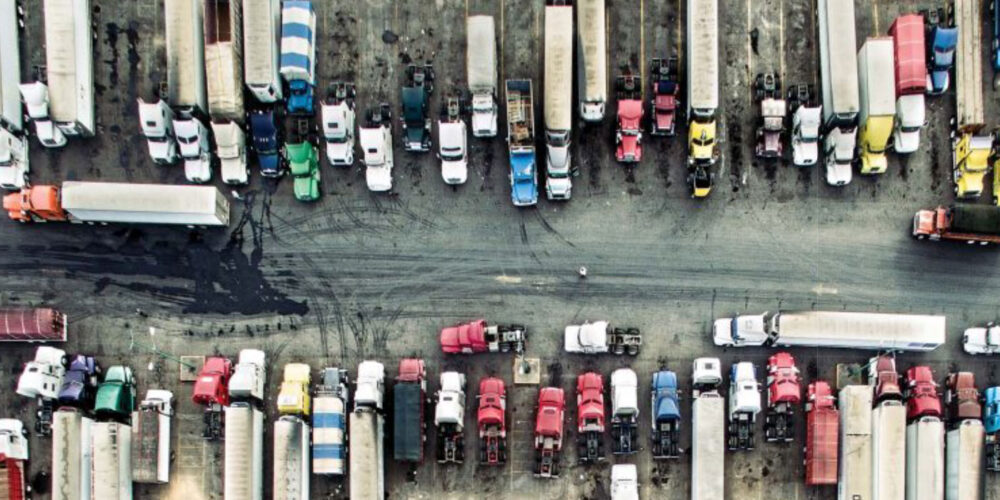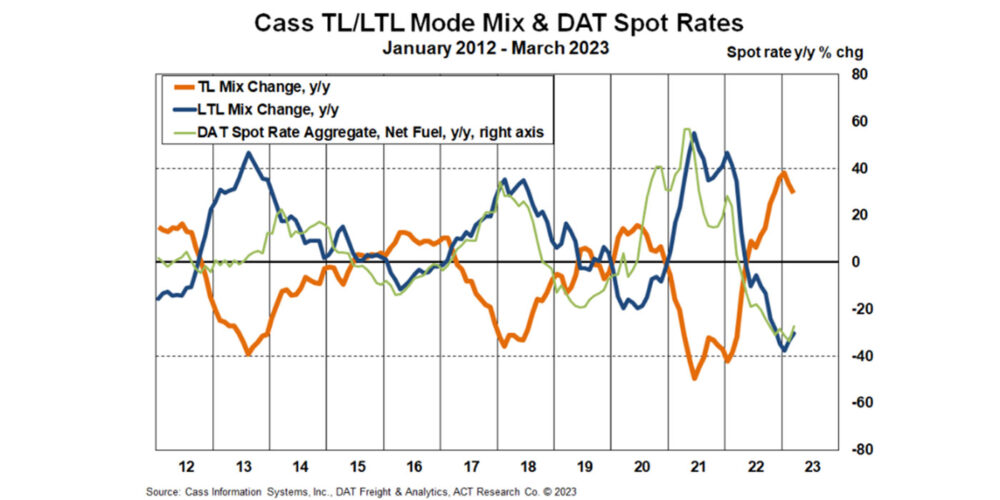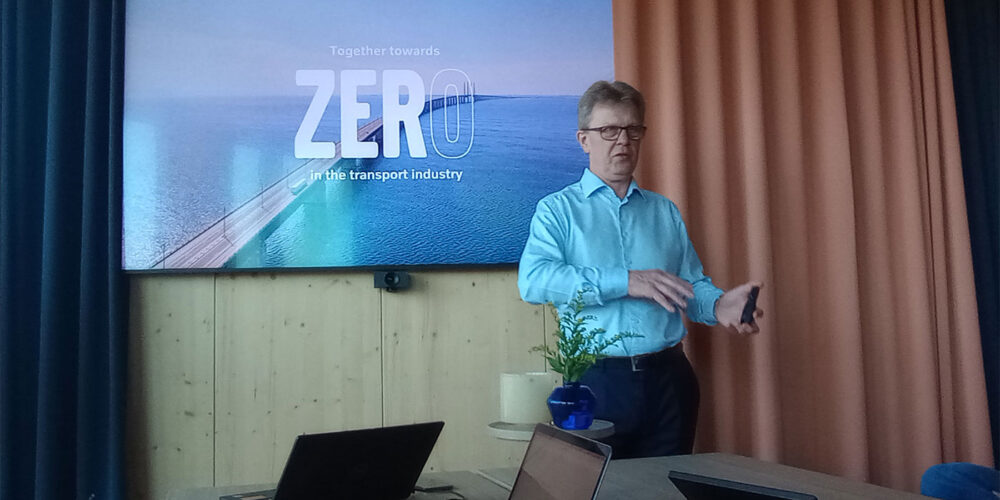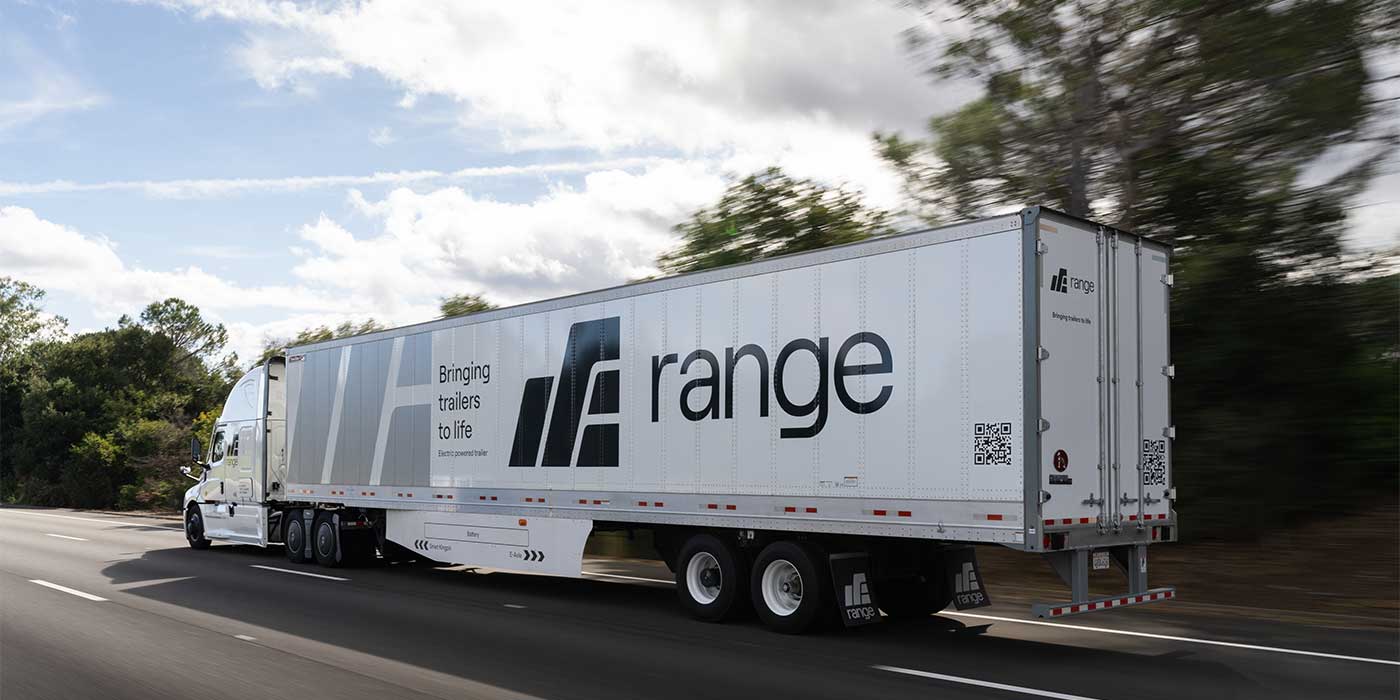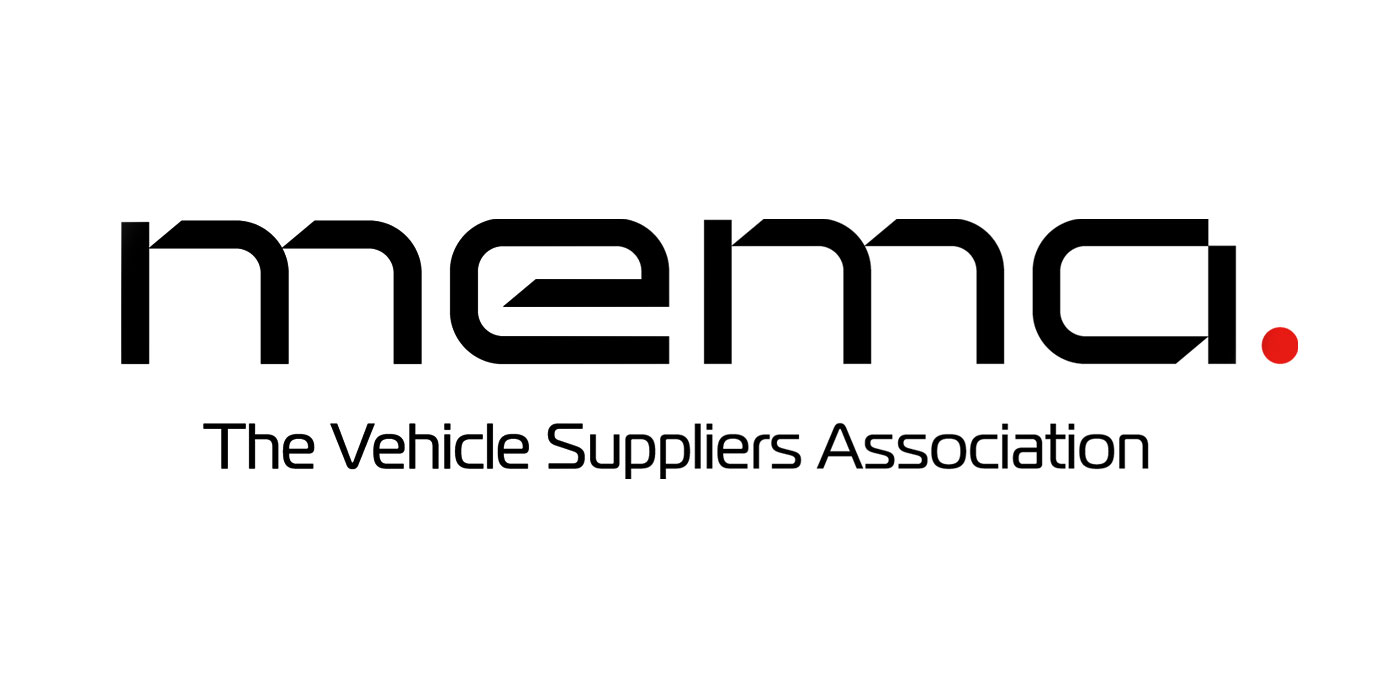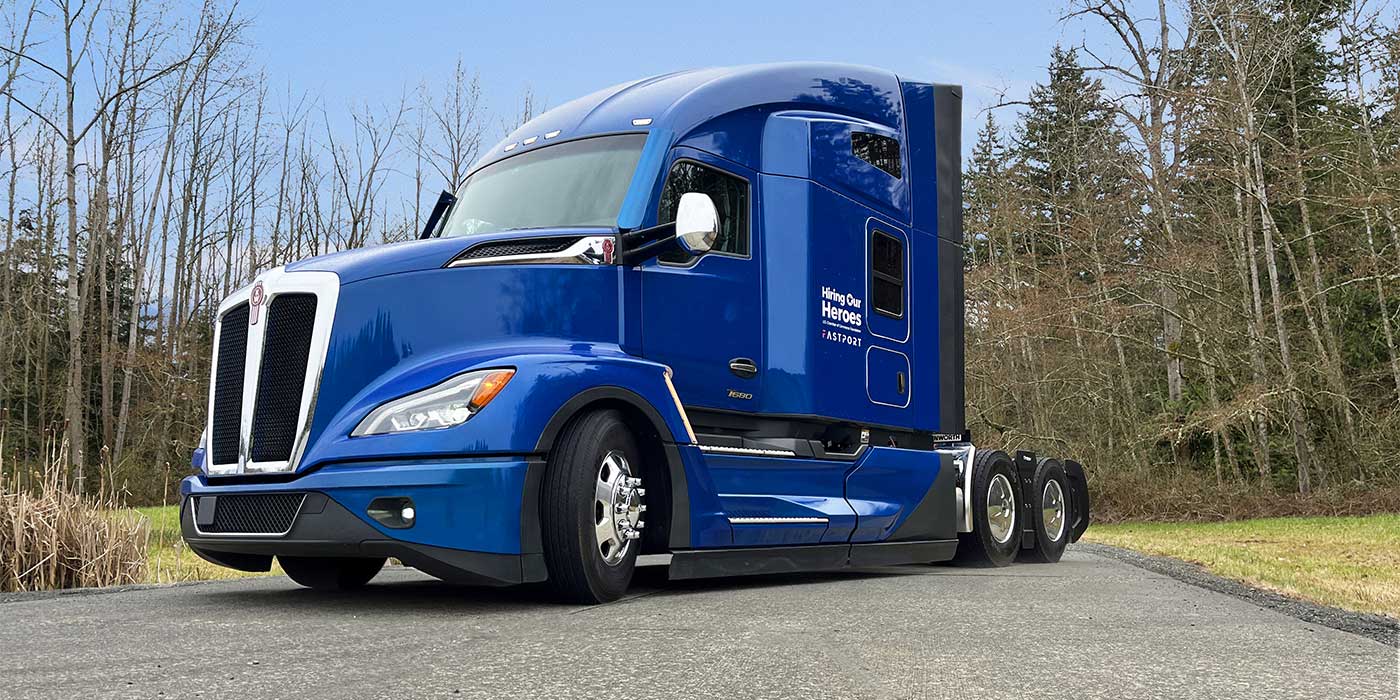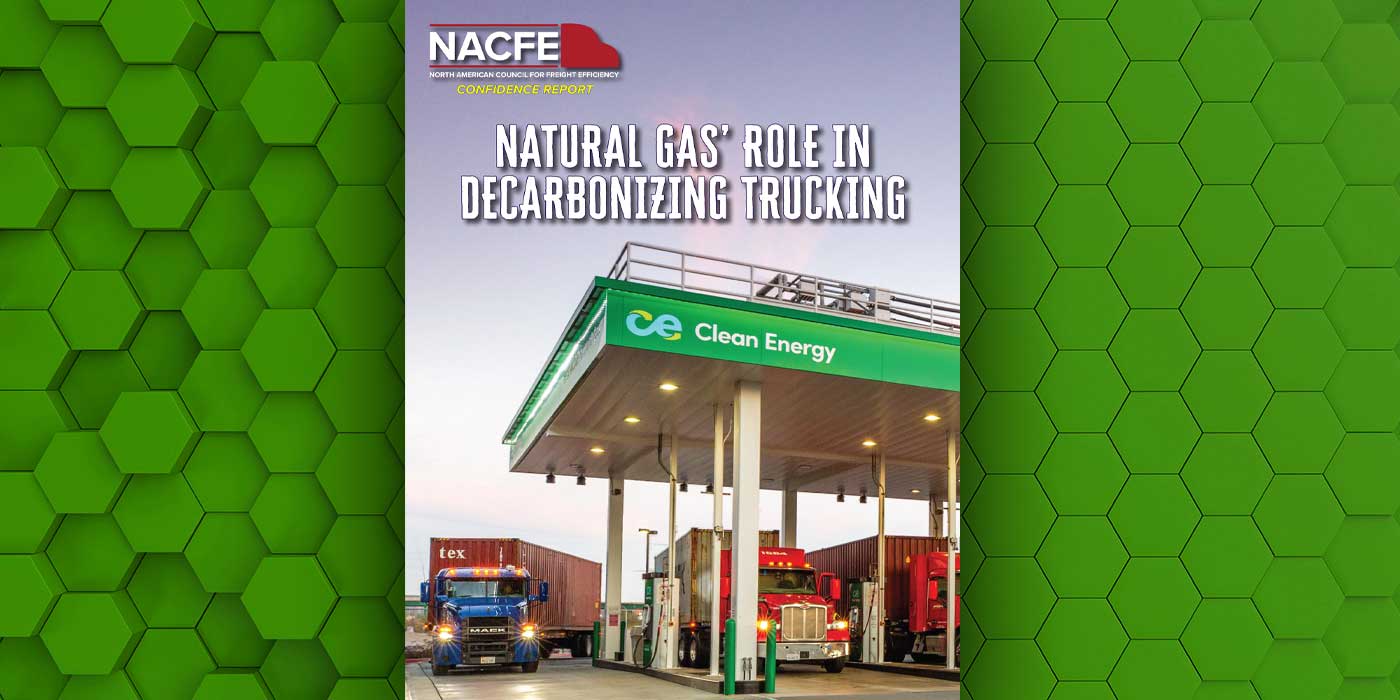Freight demand will likely be soft for some time, but nascent capacity removal will be key to rebalancing, according to ACT Research. ACT points to slower declines and wider spreads between specialized and dry van rates this year and notes that a lot of rebalancing must take place to turn the proverbial ship.
“Spot rates are now about 17% below truckload fleet operating costs in Q2, worse than the 15% operating loss in Q1, by our estimates,” shared Tim Denoyer, vice president and senior analyst, ACT Research. “Failures started to pick up when the loss reached 10% in Q4’22. This was a record at the time, and we see Newton’s third law of motion at work as the rebalancing requires a string of record losses following record pandemic profits. Q2 is the fourth straight quarter of significant losses, and both the time and magnitude of the losses should send a strong enough signal to tighten capacity.”
ACT says that for a while now, shippers have held the upper hand in terms of pricing power, but according to Denoyer, the trend is shifting and carriers are starting to feel the impact of lower rates on their capacity. Hiring and fleet exit trends show capacity is slowing at the margin even though new equipment production remains elevated. He noted that with marginal fleets scrambling for miles with busted budgets, spot rates have gone far below costs, but this trend can only continue for so long.
“The symbiotic relationship between TL and LTL is informative for understanding the freight cycle: in tight markets, freight flows from TL to LTL, and in loose markets from LTL to TL,” Denoyer said. “The trend change so far this year suggests the industry has passed peak looseness, and a rebalancing has begun. The bottom of the spot rate cycle can’t be far now.”

